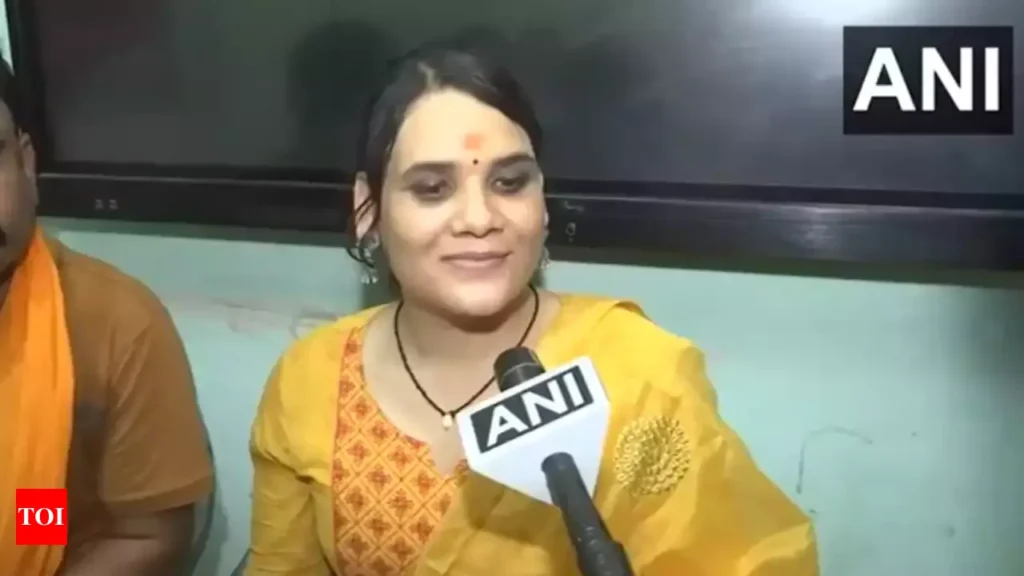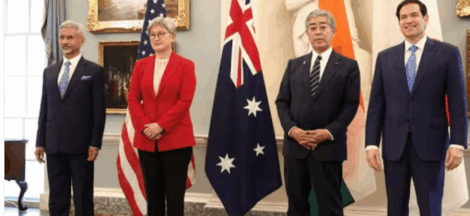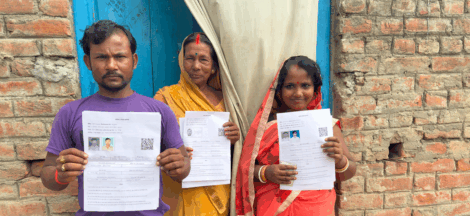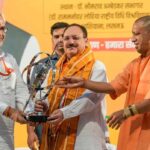A transgender, Manvi Madhu Kashyam, has become a police sub-inspector. Coming from a small village, Manvi is the first transgender in India to secure a police job. She is among the three transgender persons selected for the post. While Manvi is a trans-woman, the other two are trans-men. They have chosen not to speak up and identify themselves in public.
Manvi’s appointment as a police sub-inspector was published in almost all newspapers across the country, highlighting the rarity of the news. Transgender persons are a stigmatized community in India. They are known for begging in trains in big cities and visiting homes after the birth of a baby in rural India to bless the newborn and seek donations from family members. They dance and entertain the people and for a living.
Indian police sub-inspectors are responsible for maintaining law and order in their jurisdictions. They gather intelligence, investigate crimes, and file charge sheets in court. They are usually the first responders to a crime scene and part of a raid or encounter operation. It’s a tough and risky job.
From cheap dancing moves and begging to the role of police sub-inspector is a giant leap for a transgender person. Although the number of transgender persons in government and private jobs is negligible, Manvi’s example shows that things are changing. A USAID report says India has a wide range of legal anti-discrimination protections for the trans community. Besides, concerted efforts by NGOs and government organizations are bringing some pathbreaking changes on the ground.
A transgender’s image in India is that of an effeminate person, eking a livelihood by begging and entertaining the public with cheap dance moves. Manvi’s appointment as a police sub inspector is a major blow to this stereotype.
In the interviews given to the media after the news broke out, Manvi said that many coaching institutes that provided training for the written and physical tests denied her an admission, saying that her presence will negatively affect the training atmosphere. She mentioned one institute and expressed gratitude for one Mr Rahman who finally gave her admission to her institute. She also thanked her family who supported her in her struggles.
A total 6,788 candidates took the exams this year of which 1275 qualified, 822 men, 450 women, and 3 transgenders. India had no proper count of transgender population until the 2011 census, when they were covered under a new “Others” category or code 3, beyond male and female who were assigned code 1 and 2 respectively. The census allowed people to identify themselves as transgender. The total transgender population in India in 2011 census came to be 4.87 lakh.
This census provided data on the prevalence of transgender people in different states. It recorded information of caste, literacy status, workforce participation, and the number of transgender population in the age group of 0 to 6 years.
A major milestone in securing parity for transgender population was achieved in 2014 when the Supreme Court of India ruled that transgender people be recognised as a third-gender and enjoy all fundamental rights. The court also upheld the right to decide their self-identified gender. It means they can identify themselves as male, female or as the third gender. The apex court directed state governments to develop mechanism to realise the rights of “third-gender” persons.
The Supreme Court ruling came on a case filed by the National Legal Services Authority of India (NALSA) that sought to provide legal recognition to persons who fall outside the male/female gender binary, including those who identify a “third gender”.
The court clarified that third gender person should not be subjected to any medical examination or biological test to determine their gender. It would be an invasion of their privacy. Gender identity is “an innate perception of one’s gender” and biological characteristics do not constitute gender identity.
The court placed gender identity under Article 21 of the Constitution that guarantees right to dignity as a fundamental right. The Court interpreted ‘dignity’ under Article 21 of the Constitution to include diversity in self-expression, which allowed a person to lead a dignified life. It placed one’s gender identity within the framework of the fundamental right to dignity under Article 21.
The right to equality (Article 14) and Freedom of Expression (Article 19(1)(a) were framed in gender neutral terms and therefore they extend to transgender persons, the apex court observed.
The court held that discrimination on the ground of “sex” which does not only refer to biological attributes but also includes gender (based on one’s self-perception) is explicitly prohibited. Following this the Union Cabinet approved the Transgender Persons (Protection of Rights) Bill 2016, which finally became a law in 2019.
The Transgender Persons (Protection of Rights) Act prohibits employment discrimination against third gender persons in public and private sector jobs. The anti-discrimination provisions create a pathway towards building a more inclusive culture and mechanism to deal with violation of rights.
Manvi example shows that transgender people in India now have a new pathway toward dignified work thanks to a collaborative effort between communities, government and development partners. (IPA Service)




 Big Organisational Rejig Planned By BJP Leadership In Uttar Pradesh
Big Organisational Rejig Planned By BJP Leadership In Uttar Pradesh 